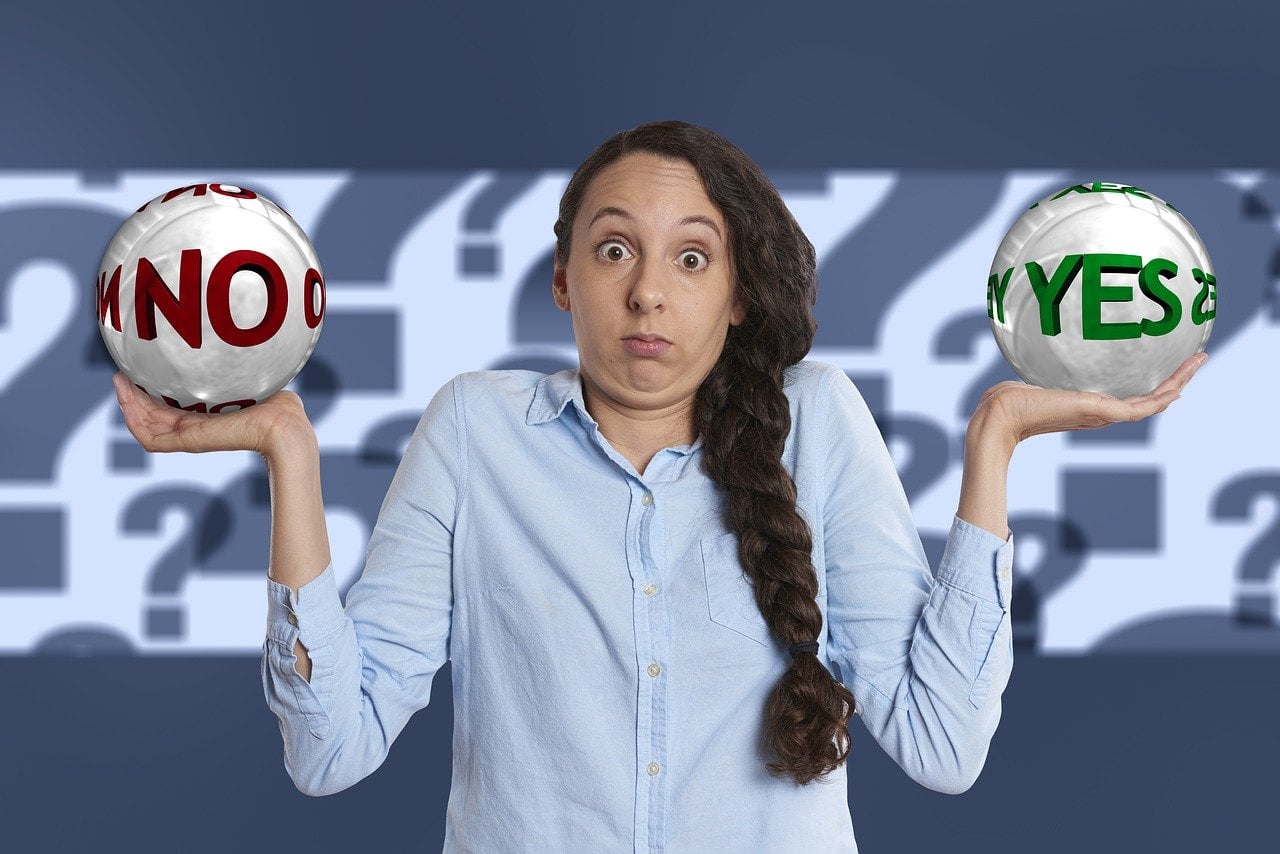On Saturday, March 22, the Wall Street Journal ran an article related to an issue on every investor’s mind – the trade-off between the economy and health. As the Journal noted, “governments and the public always face a trade-off between economic stability and public health and safety. The more they prioritize health and safety, the bigger the near-term cost to the economy and vice-versa.” While the impact on people of the virus has been the focus of attention to this juncture, economic catastrophe also takes a human toll.
Workers who lose their jobs, business owners who are bankrupted, shareholders whose life savings are profoundly compromised all suffer emotional, and possible health, consequences because of the measures taken to slow the spread of the coronavirus. The human consequences of a severe economic contraction must be weighed carefully when setting policy. Numerous studies have shown that poverty and economic loss create their own health risks in terms both of morbidity and suicide rates. Part of the explanation is simple economics. Poverty leads to skimping on health care expenses.
A painful decision
In addition to the direct effects, there are a host of potential interpersonal conflicts related to economic distress. Finally, the shutdown is economically unfair. A lawyer or consultant can “work from home,” but that option is not available to most blue-collar workers. This further increases tensions. In short, the costs of an economic contraction are large and growing. The trade-off is real. We do not want to solve one emergency just to walk blindly into another.
To this point, our leaders have not explicitly addressed the trade-off between health and the economy. That will have to change. As time passes and the economic impact of the shutdown grows, there will be increasing public dissent. The good news is that there may be a middle ground steps we can take that are better than either extreme.
With more testing, and we desperately need more testing, those who are negative could be identified and allowed to go back to work and to consume services such as dining out. Furthermore, as more is learned about the Coronavirus it may make sense to allow people with relatively small health risks, such as young people, to go back to work even with the risk of infection while more carefully isolating those who could become very sick and overwhelm the health care system.
Economic pain or mass deaths
As it becomes more available, data from countries like Italy and Spain that have suffered the most will be invaluable, particularly with respect to morbidity. What are the statistical distributions of the reported critical cases and deaths? For instance, how many were elderly, had a pre-existing condition, or were obese? What fraction were healthy, prime working age adults? Data like this will make it much easier to manage the trade-off wisely.
There is no question that small business owners are already addressing the trade-off. The Wall Street Journal also ran on Saturday an article with the title “Businesses Plead to be Deemed Essential.” The Journal reported that, “From steelmakers to arts-and-crafts retailers, companies across the U.S. are arguing that their operations are essential.” Apparently the proprietors of those businesses have assessed the trade-off and concluded that the economic costs of closing exceed the health risk of continuing to operate. As of now, it remains vague what businesses are deemed to be essential and what criteria are used in making that determination, particularly in borderline cases.
One thing the current crisis illustrates is the political difficulty of managing large scale trade-offs ex-ante. Prior to the attacks of 2001, there was little concern about the risk of terrorism. Following the attacks, there was a massive reaction. However, as Hans Rosling documents in his book Factfulness, there was never evidence to suggest that the risk of terrorism was comparable to the risk of a pandemic.
Terrorism trade-offs
During the 2010s, the immense costs of a potential epidemic were continually reiterated by numerous virologists and epidemiologists in books such as Three Seconds Until Midnight. In 2015 in a TED presentation, Bill Gates made a particularly strong, and subsequently unheeded, plea regarding the need to prepare for a pandemic.
As an aside, in considering the trade-off between the risk of terrorism and the risk of an epidemic, it is a bit ironic the one best places to exchange viruses with strangers is at the long airport security queues with everyone jammed together, jostling, and handling the same luggage bins. The fact that we had lived through a major terrorist attack that was extensively covered by the media made that risk real while the risk of the mutation of an unknown virus remained more like a movie script. That is no longer the case.
For the time being, our political leaders can take the high road and say that a shutdown is required to protect human life and “flatten the curve of infections.” But the longer people stay at home watching their resources dwindle, the louder will be the call to reassess the trade-off. The time to begin addressing the trade-off explicitly is now.





